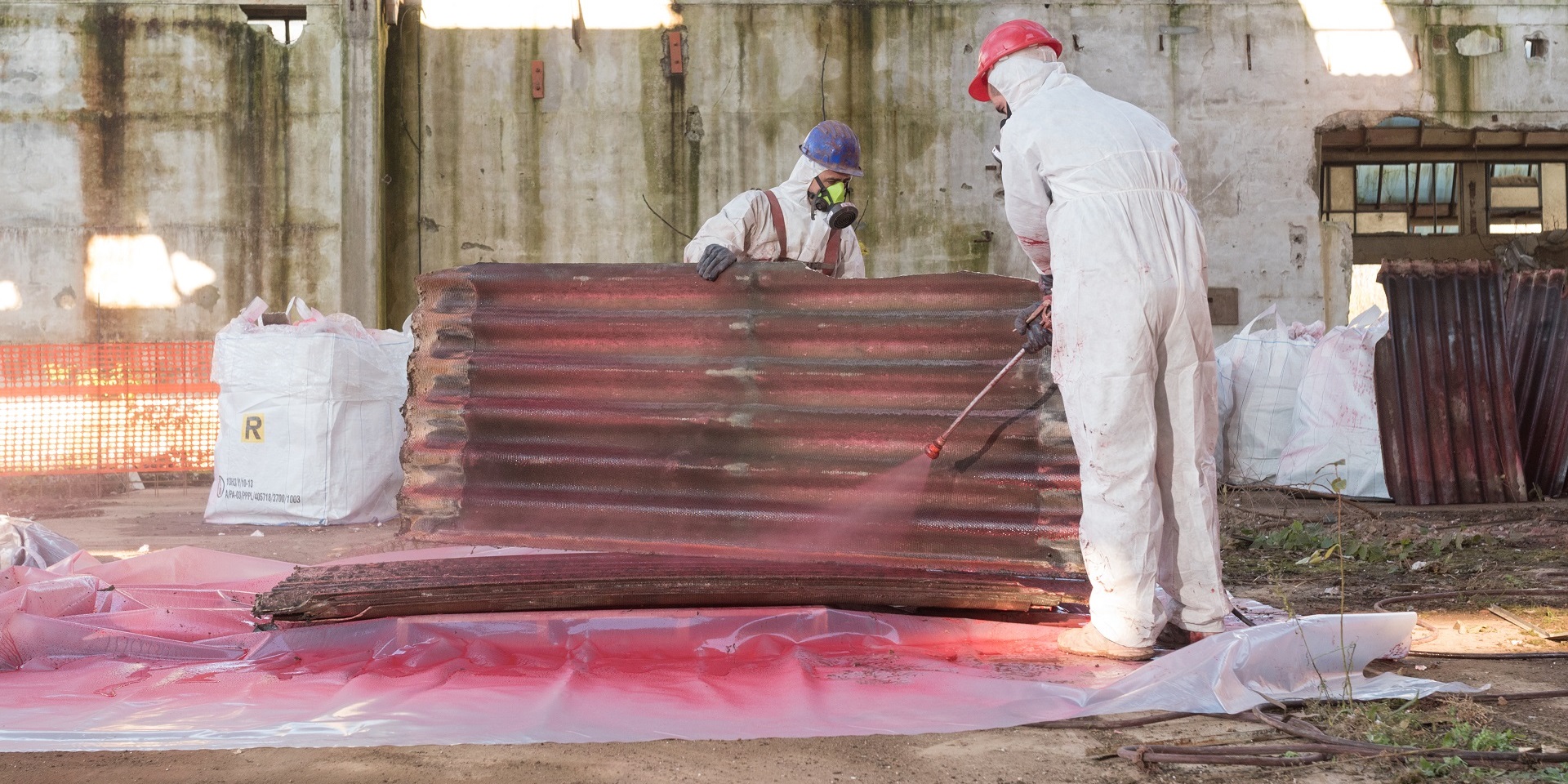
Common Asbestos-Containing Materials and Their Removal Process
Because of the potential health concerns, asbestos, which was once extensively employed in the building sector, is now regarded as a hazardous material. In Halifax, many houses and structures, especially those built before the 1990s, can still be asbestos-containing. This blog post will look at the typical asbestos-containing materials that can be found in homes and explain the value of having them properly removed. If you suspect the presence of asbestos in your property, it is essential to comprehend these materials and the asbestos removal procedure to protect both inhabitants and workers. Trust professional experts for safe and thorough asbestos removal in Halifax.
Let’s quickly define asbestos before moving on to specific materials. Due to its durability, resistance to heat, and qualities as an insulator, asbestos is a naturally occurring material that has been widely employed in building. However, asbestos fibres can become airborne when damaged or disturbed and pose significant health concerns when inhaled.
Common Asbestos-Containing Materials
- Asbestos Insulation
Pipe insulation: Asbestos was commonly used to insulate heating pipes in older buildings.
Boiler insulation: Boilers and furnace units may contain asbestos insulation.
Attic insulation: Vermiculite insulation, which can contain asbestos, was widely used in attics.
- Asbestos-Containing Building Materials:
Ceiling tiles: Older ceiling tiles may contain asbestos fibers.
Floor tiles and linoleum: Asbestos was commonly used in vinyl floor tiles and linoleum sheets.
Textured coatings: Popcorn ceilings and textured paints may contain asbestos.
Roofing materials: Asbestos was used in roofing shingles and felt materials.
- Asbestos in Mechanical Systems:
Ductwork and HVAC insulation: Asbestos insulation can be found in heating, ventilation, and air conditioning systems.
Gaskets and seals: Older gaskets and seals may contain asbestos, particularly in mechanical systems.
The Importance of Asbestos Removal
Despite the fact that many homes may have these components, it’s crucial to remember that asbestos is not harmful if left alone. However, asbestos fibres can become airborne through material deterioration, renovations, or destruction, raising the danger of inhalation. To eliminate this risk and guarantee a safe living or working environment, professional asbestos removal is essential.
The Asbestos Removal Process
- Asbestos Inspection:
A certified asbestos professional will conduct a thorough inspection to identify asbestos-containing materials.
Sampling and testing: Samples of suspected materials will be collected and analyzed in accredited laboratories.
- Asbestos Removal Procedure:
Developing a removal plan: Based on the inspection results, a comprehensive removal plan will be created.
Containment and isolation: Affected areas will be sealed off to prevent the spread of asbestos fibers.
Removal and disposal: Trained professionals will safely remove and dispose of asbestos materials following strict regulations.
- Post-Removal Inspection:
A final inspection will be conducted to ensure that all asbestos-containing materials have been properly removed.
Air quality testing: Air samples will be collected to verify that no asbestos fibers are present.
Hiring Professional Asbestos Removal Services
Employing skilled and authorised asbestos removal contractors is essential given the difficulty and health concerns associated with the removal of asbestos. They adhere to tight guidelines to safeguard residents’ health and have the knowledge, tools, and training necessary to handle asbestos-containing materials in a safe manner.
For the purpose of preserving a secure living or working environment, it is essential to recognise typical asbestos-containing components in homes and comprehend the removal procedure. It is advised to speak with a reputable asbestos removal firm if you suspect the presence of asbestos in your property. You may secure the safe removal of asbestos and reduce health hazards for you, your family, and your community by delegating the task to professionals. Don’t risk your safety; take the required action to safeguard your health and eliminate asbestos from the environment.

